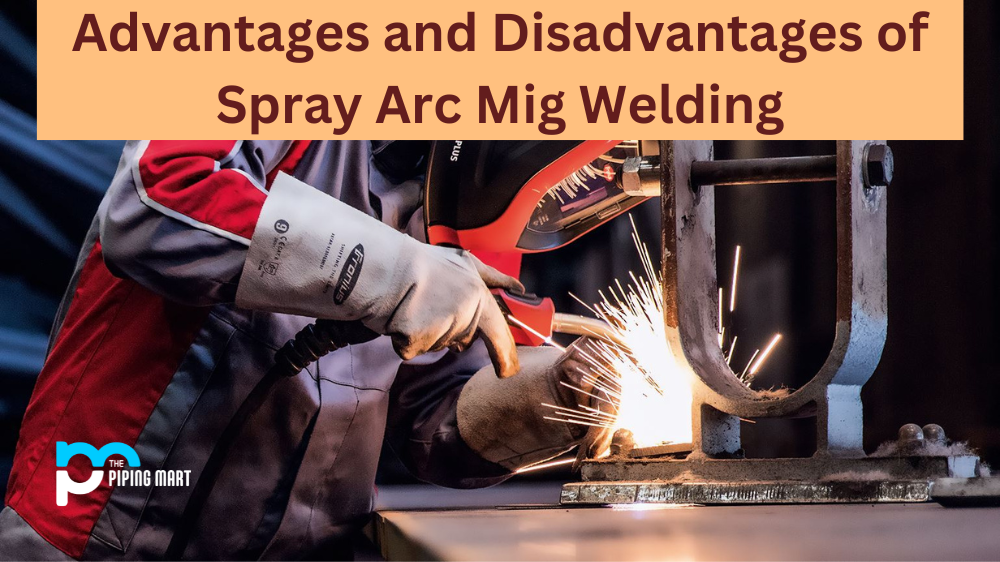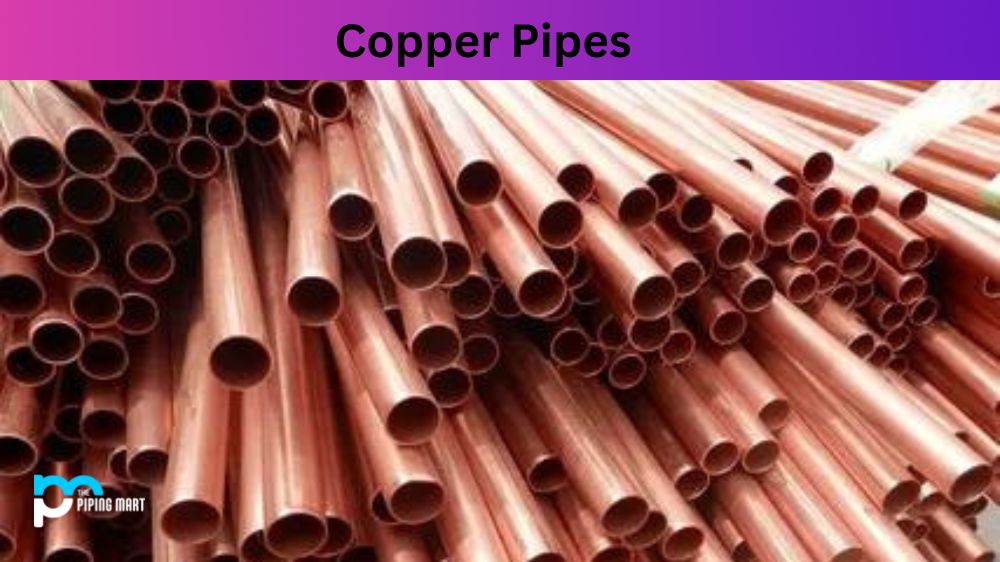If you’re looking for a welding method that allows you to quickly lay down a large amount of weld metal, spray arc mig welding is the perfect solution. This method uses two wires, one for the electrode and one for the filler material, and it has both its advantages and disadvantages. Read on to learn more about spray arc mig welding so that you can decide if it’s right for your project.
Advantages of Spray Arc MIG Welding
The biggest advantage of spray arc mig welding is speed. It’s one of the fastest welding processes out there, allowing you to lay down a large amount of welded metal in a short amount of time. This makes it ideal for larger projects where speed is essential. Additionally, because two wires are used simultaneously, it can create very strong joints with minimal distortion. Finally, this process is extremely versatile; it can be used on many different materials, including aluminium and stainless steel.
Increased Productivity
Spray arc MIG welding can increase productivity compared to other welding processes due to the higher deposition rates that can be achieved. This means that more weld material can be deposited in a shorter period of time, which can lead to reduced welding costs.
Reduced Welding Costs
The higher deposition rates achievable with spray arc MIG welding can also lead to reduced welding costs. This is because less time is required to deposit a given amount of weld material, which reduces the overall cost of the welding process.
Improved Weld Quality
Spray arc MIG welding can also improve weld quality due to the lower heat input that is associated with the process. This means that there is less chance of warping or distortion occurring during the welding process, which can lead to improved dimensional accuracy and improved strength.
Greater Control
Another advantage of spray arc MIG welding is that it provides the operator with greater control over the welding process. This is because the operator can control the amount of weld material that is deposited, as well as the speed at which it is deposited. This allows for more precise and consistent welds to be produced.
Increased Versatility
Spray arc MIG welding is also a more versatile welding process than other processes, such as stick welding or flux-cored arc welding. This is because it can be used on a variety of different materials, including metals that are difficult to weld using other processes.
Reduced Operator Fatigue
Finally, spray arc MIG welding can also reduce operator fatigue compared to other welding processes. This is because the operator does not have to constantly stop and start the welding process, as they do with other processes such as stick welding.
Disadvantages of Spray Arc MIG Welding
On the downside, spray arc mig welding is one of the most difficult forms of welding to master. It takes a lot of practice and skill to get good at this process, so novices should steer clear. Additionally, this type of welding requires an advanced power source that can handle higher current levels; these power sources tend to be significantly more expensive than other types. Finally, because two wires are used at once, it can be difficult to control the heat input; if too much heat is applied, it could warp or damage your workpiece.
Limited to Thin Materials
One of the main disadvantages of spray arc mig welding is that it is limited to thin materials. This is because the high-velocity arc used in this type of welding can cause the weld pool to be unstable, which can lead to porosity and other defects.
Requires High Argon Flow Rates
Another disadvantage of spray arc mig welding is that it requires high argon flow rates. This is because the argon gas helps to stabilize the arc and prevent it from becoming unstable. However, the high flow rate can also lead to increased costs.
Can Cause Porosity
As mentioned above, one of the main disadvantages of spray arc mig welding is that it can cause porosity. Porosity is a type of defect that occurs when gas bubbles become trapped in the weld metal. Porosity can weaken the weld and make it more susceptible to corrosion.
Requires Specialized Equipment
Another disadvantage of spray arc mig welding is that it requires specialized equipment. This includes a power source that is capable of producing high currents, as well as a wire feeder that is designed for high-speed welding. Additionally, this type of welding often requires the use of a special nozzle known as a gas diffuser.
It can be Difficult to Learn.
In addition to requiring specialized equipment, spray arc mig welding can also be difficult to learn. This is because it requires a great deal of practice and skill to master. Additionally, those who are not experienced in this type of welding may find it difficult to produce consistent results.
Conclusion:
Spray arc mig welding offers several advantages, such as speed and strength, but it also comes with some drawbacks, like difficulty level and costliness, that need to be taken into account when deciding whether or not it’s right for your project. Experienced welders who are willing to pay for an advanced power source may find this process quite useful for larger jobs where speed is essential; however, beginners should steer clear until they gain enough experience with other forms of welding first. Ultimately the decision lies with you—weigh the pros and cons carefully before choosing a method!

A passionate metal industry expert and blogger. With over 5 years of experience in the field, Palak brings a wealth of knowledge and insight to her writing. Whether discussing the latest trends in the metal industry or sharing tips, she is dedicated to helping others succeed in the metal industry.




